Russian Bruchmüller
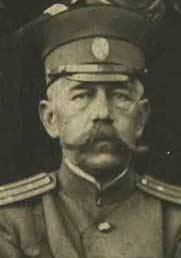
1. V.F. Kirey
Vasily Fadeyevich Kirey, whose knowledge and talent gave Russia Southern Galicia and Bukovina - without exaggeration, the star of Russian artillery. VF Kirey is the name of the outstanding performer of the 9 Army’s breakthrough artillery unit during the Offensive of the South-Western Front of the 1916 year. He published the accumulated experience in the combat use of artillery and operational-tactical and organizational conclusions in the well-known book Artillery of Attack and Defense, written literally at the observation post, and later published by the USSR People's Commissariat of Defense in 1926 and 1936.
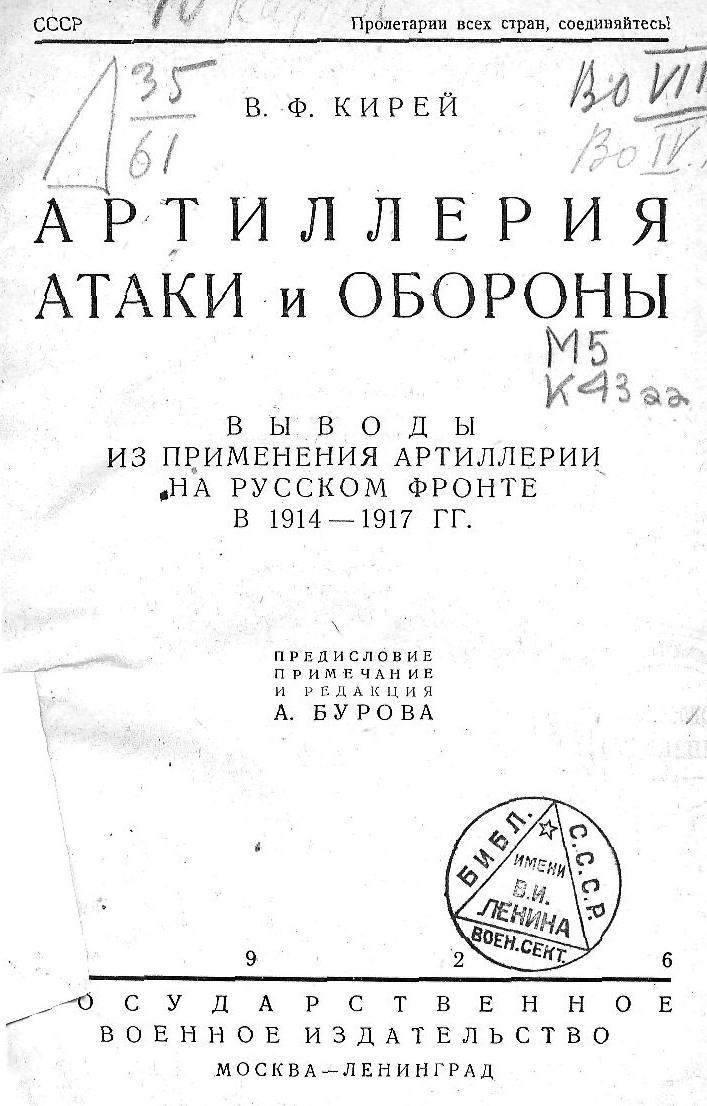
2., 3. 1926 edition of the year
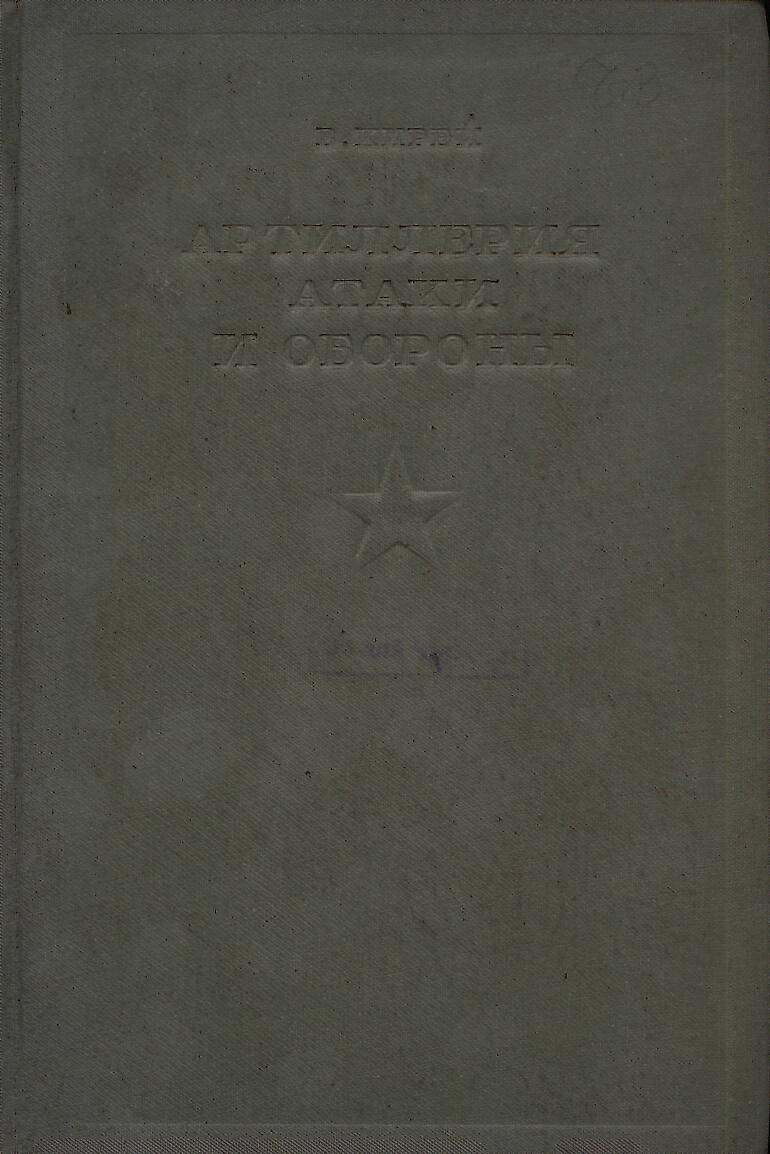
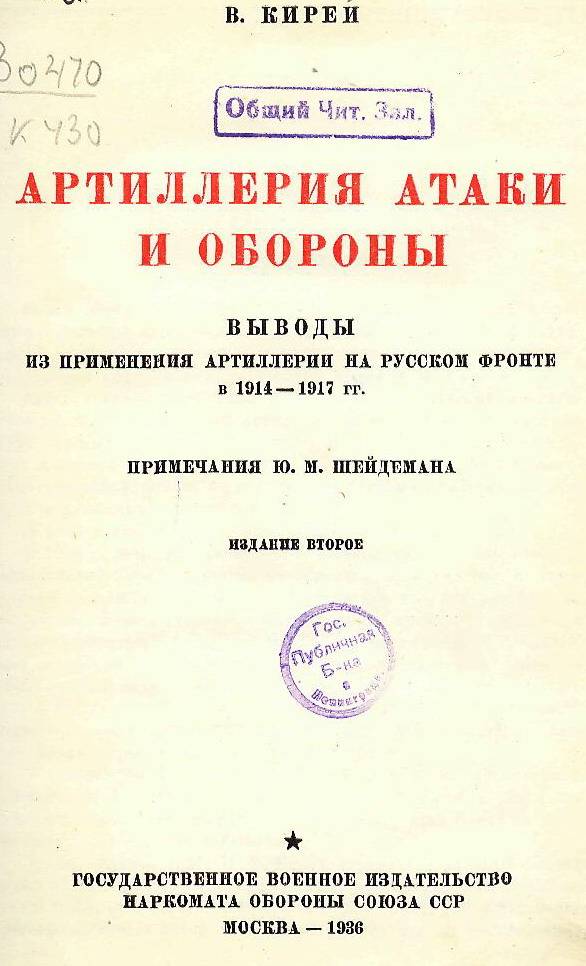
4., 5. 1936 Edition
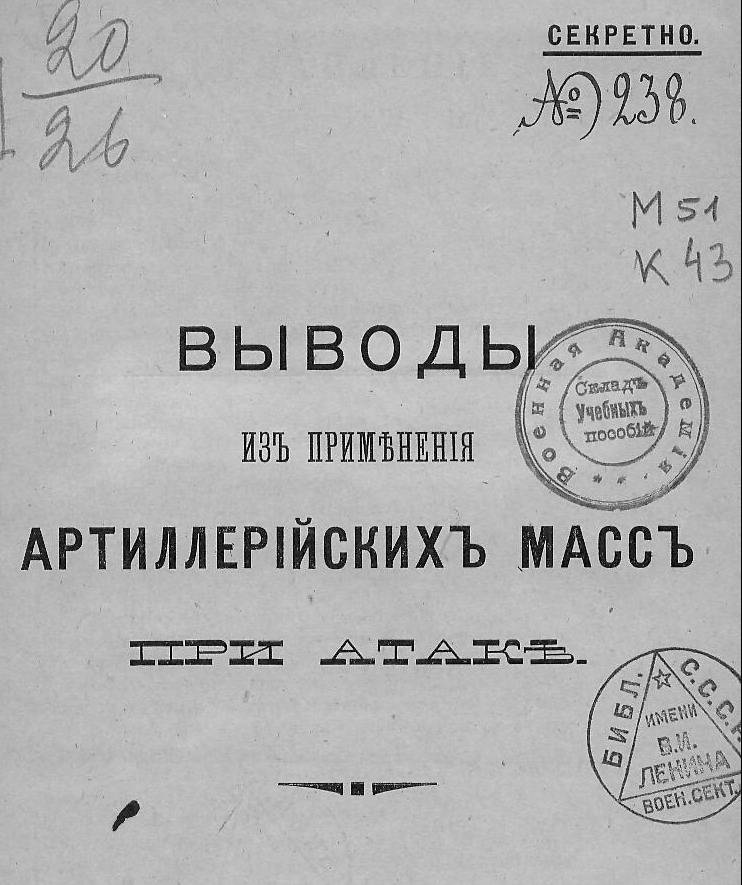
6. A rare and interesting material is a brochure from 2 of August 1916, in which V.F. Kirey presents his views on the specifics of artillery tactics based on the experience of breaking through the enemy front in the spring-summer campaign of 1916.
7. One of the schemes of the brochure of V.F. Kirey from August 2 1916.
The success of the artilleryman was rewarded with an exceptional pace of advancement: having entered the war as a captain, a senior officer of the mortar battery, he ended it with a major general and commander of the 23 Army Corps.
V.F. Kirei came from a Little Russian noble family and was the son of an officer. Born 1 in January 1879, near the town of Baturin, Chernigov Province. After graduating from the Orenburg Neplyuevsky Cadet Corps and Konstantinovsky Artillery School, Second Lieutenant V.F. Kirey began military service in 1901.
He graduated from two academies: the Mikhailovsky Artillery and the Nikolaev Military, but remained to serve along the artillery lines — and went to war as part of the 21-20th mortar artillery division.
At the beginning of 1915, due to the lack of officers of the General Staff, he was seconded to and. D. Senior Adjutant to the headquarters of the 32 Infantry Division, promoted to lieutenant colonel and at the end of August 1915 was appointed commander of the 4 battery of the 32 artillery brigade.
During this period, after the Great Retreat of 1915, the Russian troops switched to a series of short attacks with limited goals - they had to improve the tactical position of the troops and restore the army’s self-confidence, torn after a long withdrawal. Performing one of the similar tasks, the 11 Army Corps engaged a combined detachment as part of two regiments of different divisions, 4 batteries (mortar battery, 1 battery of 11, 4 and 5 battery of 32 artillery divisions ) and 12 Belgorod Lancers Regiment. The overall command of the detachment was assigned to the brigade commander of the 11 Infantry Division, Major General V. Z. May-Mayevsky (the same one who commanded the Volunteer Army in May-November).
VF Kirey turned out to be the senior battery commander - and took command of the whole artillery group. It was his first debut - 24 guns were concentrated in the hands of the lieutenant colonel.
The battle of 30 September - 1 of October 1915, although not quite proceeding according to plan, but brought the desired result, as well as trophies - 4000 prisoners and 10 machine guns.
Units of the 9 Army entered the winter quarters along the River Seret, with avant-gardes advanced to the Stryp. VF Kirey was summoned to the headquarters of the 9 Army - to participate in the development of the upcoming army operation. The 11 Army Corps moved to Bessarabia, and by December 2, 1915, he changed the Revel, located on the border with Bukovina.
Awareness of the leading role of artillery in breaking through the enemy’s positional defenses still only came in - after all, a positional war had been established on the Russian front quite recently. And when planning an operation on Stryp, serious tactical mistakes were made. Thus, the Russian artillery saw only the front edge of the enemy, stretching along the crest of a gentle ridge that covered the entire enemy rear. The Russians had only the most vague ideas about the enemy artillery. As a result, 5 times - 24, 25, 26 December 1915 and 1 and 6 January 1916 repeated the same thing: Russian artillery smashed the first lines of the enemy, and the infantry occupied them - but as soon as the last showed on the crest, the Austrian artillery carried out the same actions. As a result, the Russian infantry was in its original position. The operation on Stryp failed.
The bloody experience was taken into account, and when the next attack was scheduled, a meeting was convened at the headquarters of the 9 Army, to which corps commanders were invited along with corps artillery inspectors. Was invited and Lieutenant Colonel V. F. Kirey. After listening to those present, the army commander, General of Infantry, P. A. Lechitsky, said: “I agree with the opinion of Lieutenant Colonel Kirei.”
Now V.F. Kirei was invested with the appropriate powers.
The region south of the Dniester was chosen as a breakthrough site. Selected carefully and competently. At der. Dobronouc 3,5 guns were concentrated on the 11-km front of the 159 th Army Corps, which had dealt the main blow. The duration of artillery training - 5 hours 15 minutes. The grouping and distribution of artillery, the scheme of actions, the issues of the transfer of fire, interaction, etc., were debugged immaculately.
As a result of 22 in May 1916, numerous Austrian artillery was silent: its observation posts were blinded, the telephone wires were broken, the positions of batteries were filled with all kinds of projectiles (including chemical ones); infantry fortifications destroyed, and the troops occupying them suppressed. The 32 Artillery Division spent about 11000 projectiles during that day.
The actions of the artillery were “played out”, as per notes: V.F. Kirey only transmitted by telephone: “First period”, “Second period” (and the necessary details were contained in the detailed order issued the day before). The path for the infantry was open - and, for example, the 128 infantry regiment, the Starooskolsky regiment, overcame all the 3 lines of the enemy defense, losing only two people killed and four wounded. Like other regiments of the division.
The 32 Infantry Division advanced between the heights of 458 and 273, and after a few kilometers entered the operational field. But its parts were mixed up (including with the division of the 2 echelon), management was difficult. The front left and right still stood, and the Austrians launched a counterattack.
The blow had to be repeated - and on the 28 of May the 9 th army was waiting for a brilliant victory: the front of the enemy fell apart. An 37000 man was captured.
The experience of these battles VF Kirey and accumulated in the above-mentioned book. His contribution to the victory of the 9 Army is impossible to overestimate. Careful preparation for the operation was carried out 2 month. And the artilleryman personally acted on the front line, carrying out artillery reconnaissance. And once even “made a sortie”, cutting a piece of wire with scissors from the enemy's barrier - “for memory”.
Batteries suitable for reinforcement received from VF Kirey the numbers of positions and observation points, a detailed plan of the position of the enemy, on which all the necessary reference points were marked. The plan was a combination of an enlarged map, aerial photographs and observations.
The favorite saying of V. F. Kirei was: "Artillery sweat saves infantry blood." He chose this phrase as an epigraph to his book.
Russian infantry so believed in the ability of artillery to pave the way for it, which later, during the Summer Offensive of 1917, the soldiers' committees of the 32 Infantry Division always voted for the offensive with the corresponding indicative disclaimer: th May 22 of the year. "
The 1916 campaign continued.
After breaking through at the Window, the 11 Army Corps was detained on r. Prut before Chernivtsi. Artillery training within the corps, reinforced by army artillery units, was carried out on June 5 - and the infantry believed so much that at the appointed hour the entire 32 division, which lay in corn, rose as one person - and the next moment the position was taken At night, there was a crossing over the Prut and a non-stop movement to Kimpolung.
The 11 Army Corps from Chernivtsi was turned to the west, to the town of Snyatyn, and then along the southern bank of the Prut to Deliatyn. In the June 19 battle, VF Kirey, who commanded the 4 battery of the 32 artillery brigade, took an infantry company, a hundred Cossacks of the divisional headquarters of the division and the 2 gun of his battery on his own initiative — he overloaded it with his forces the ridge at the height of 1001 and cut the enemy's southern retreat to Hungary, along the Deliatyn-Mikulichi-Vorokhta highway. And the enemy has only one road left, to the north - through the town of Dolyna.
VF Kirey was summoned to the army headquarters to organize a breakthrough at Stanislavov and then Kalush, where the advance of the right flank of the army stopped. And his artillery provided new successful breakthroughs - under Khotsimezhom and Tlumach. In the end - Stanislav, Kalush and Valley were taken.
The merits of a talented artilleryman were noted - V.F. Kirey received the Georgievskoye weapon and was promoted to colonel with the appointment to the office of an artillery inspector of the South-Western Front.
The soldiers and junior officers were ready to go for V. F. Kirei, which is called “into fire and water,” but not all staff officers recognized the authority of the colonel, regarding the rapid advance as a consequence of protection.
A combat commander with two academic formations, a holder of the St. George weapon, organizer of several corps and army scale breakthroughs - by the end of the 1916 campaign of the year, the record of V.F. Kiree was impressive. He was not only in his place - he fully deserved more. For example - the post of inspector of artillery of the army, and even the front.
As contemporaries recalled, V.F. Kirey had a lively and balanced character, loved society, was an interesting and witty interlocutor. He was a very democratic man, and treated all the officers and soldiers as equals. At the same time, being a “companionable” man, he could sometimes drink in a company with lieutenants.
After the February 1917 coup, Mr. V.F. Kirei was given command of the 6 heavy artillery brigade. On June 20, he becomes a major general, and then an artillery inspector at the 41 Army Corps. Finally, September 9, V.F. Kirey - Commander of the 23 Army Corps.
He managed to distinguish himself once again - and for his services in organizing artillery preparation during the June 1917 offensive, he was awarded the Order of St. George 4 degree.
The end of the Russian army was advancing, and in December 1917 of Mr. V.F. Kirey arrived in Kiev. The fame of the general was such that he was offered the post of Minister of War of Ukraine - but he preferred to be a guard in the garage, and then went to the Volunteer Army, becoming the head of its artillery supply. In the Russian army of P.N. Wrangel, V.F. Kirei held the position of head of the Military Technical Directorate.
After a brief stay in Bulgaria and Yugoslavia, V.F. Kirei arrived in Paris and worked as a taxi driver. At the beginning of 1924, a case occurred that changed his future life: the Czechoslovak military attache in Paris, V. Kletsand, called a taxi, in which VF Kirey turned out to be a chauffeur. An unexpected and joyful meeting took place - at one time (then still a lieutenant - a liaison officer with the Czech units of the Russian army) V. Kletsand met at the headquarters of the 9 Army with VF Kyrey. After this meeting, V.F. Kirey found himself in Prague - becoming a colonel of the Czechoslovak army.
The former general had to adapt himself to a completely different environment, and not only to learn, but also to learn himself - and not only the language. The command staff of the Czechoslovak army at that time was a mosaic of old Austro-Hungarian personnel and reserve officers, Czechs and Germans, young legionnaires, people with and without education, fifty Russian immigrants.
V.F. Kirey accomplished his task by becoming a generally recognized authority in Czechoslovak artillery. It is significant that junior officers treated him the same way they used to be Russian. An eyewitness recalled: “Kirey treats us like equals: he sits with us in coffee shops, plays chess even with lieutenants. Not at all like our colonels. ”
In the matter of training officers of his regiment, he introduced some Russian traditions, demanded understanding, not cramming, he personally taught and examined his officers. He also took part in the drafting of new charters, introduced the system of coordinates on the former Austro-Hungarian maps in the army, which received the official name "Kirei-Netik" (General Netik - Chief of the Main Artillery Directorate), wrote articles.
After production, the major generals commanded the 11 th field artillery brigade in the city of Kosice (Slovakia), and at the end of the 1938 year, after reaching 60 years, he was dismissed. Settling in Prague, 5 passed away on June 1942.
In the domestic military stories VF Kirey will forever remain as the largest artillery specialist of the positional period of the First World War, an excellent tactician and a real Russian officer.
8. Mortar (howitzer) battery in position.
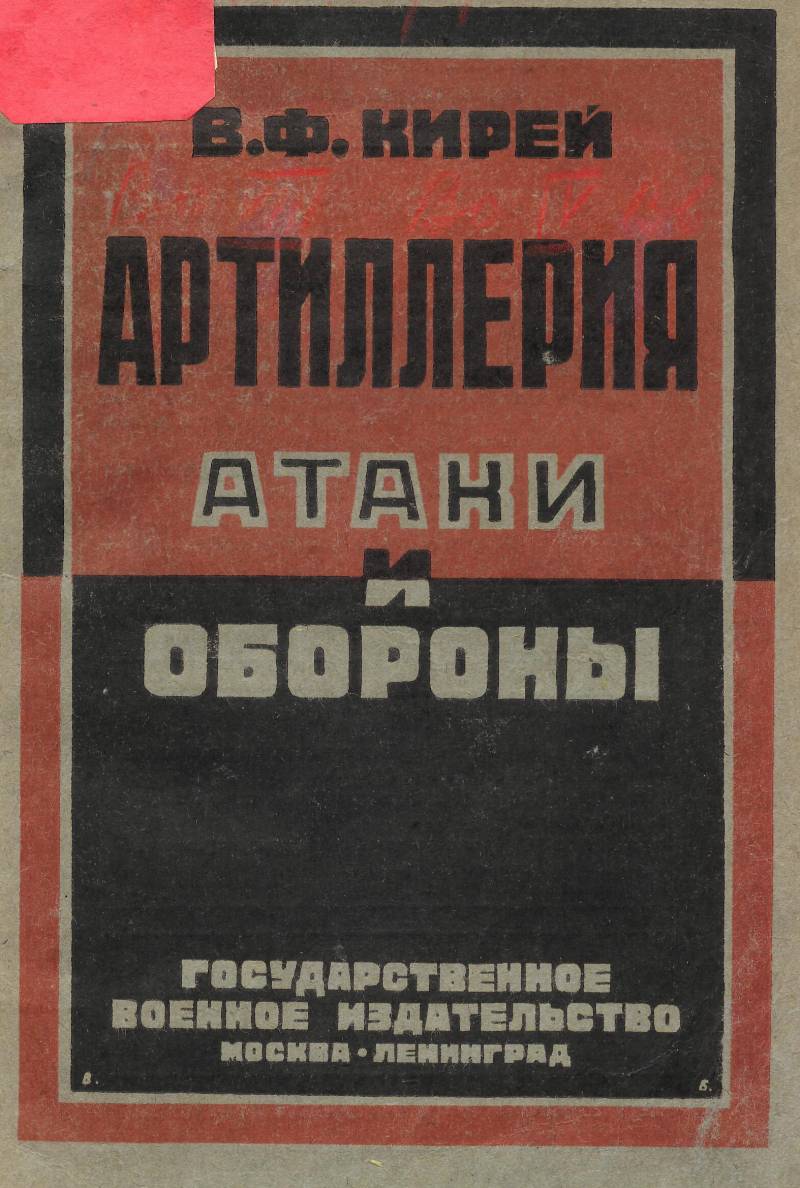
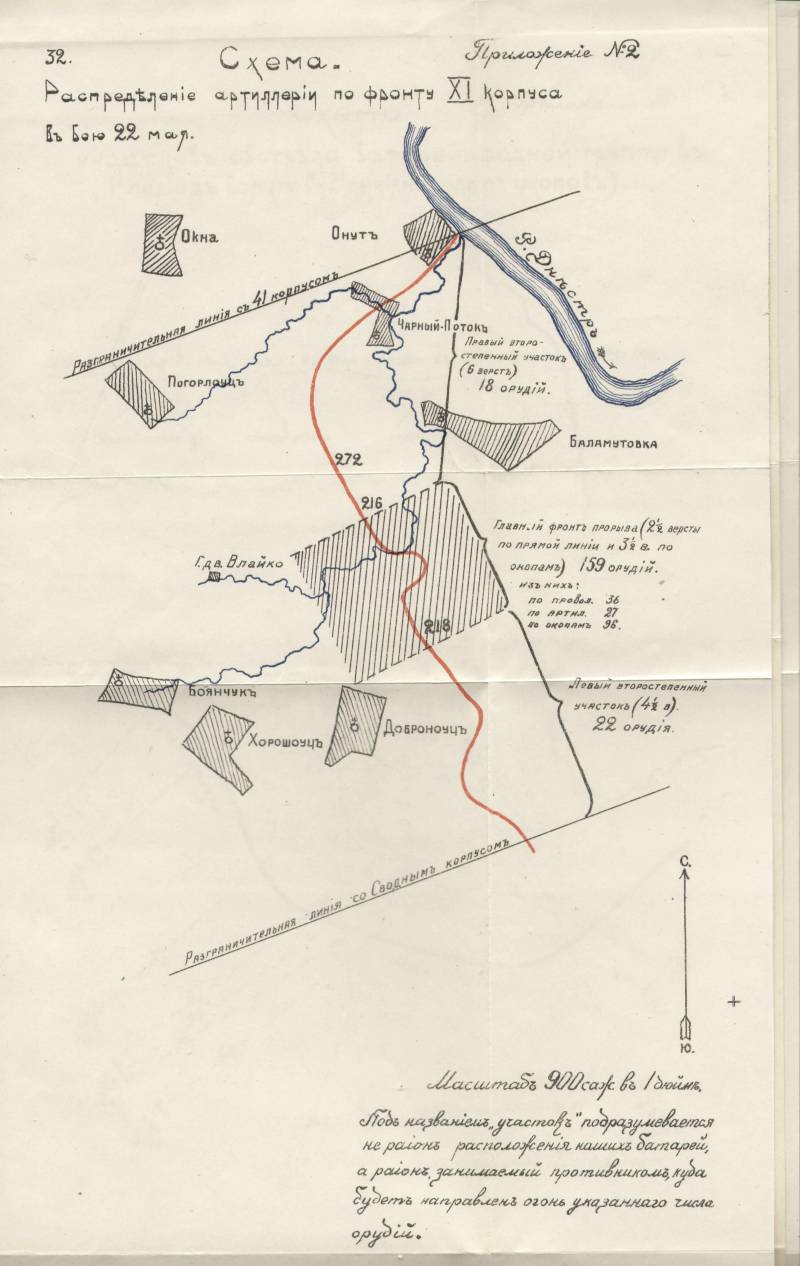
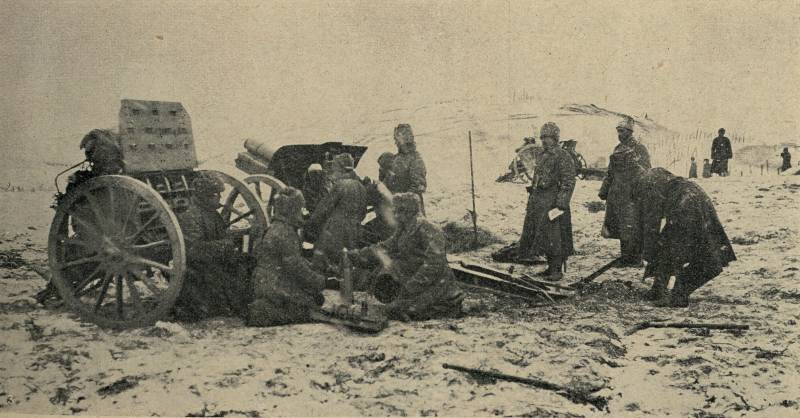
Information